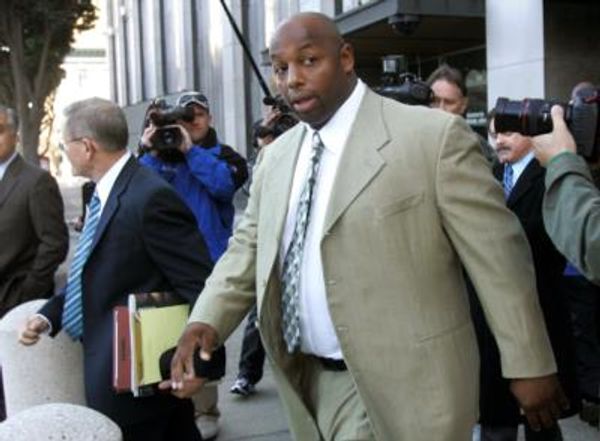
Office bullies are an ugly feature of our workplace. They can significantly harm those that they corner; they can create low morale among staff; and they can cause poor productivity, absenteeism and resignations. On top of that, they may seriously affect the reputation of the organisation. So how should bosses protect the working environment and their staff?
What is bullying?
The Advisory Conciliation and Arbitration Service (Acas) defines bullying as “offensive, intimidating, malicious or insulting behaviour, an abuse or misuse of power through means that undermine, humiliate, denigrate or injure the recipient”. There is actually some overlap with harassment, which is unwanted physical, verbal or non-verbal conduct that has the purpose or effect of violating a person’s dignity or creating an offensive or degrading environment for them.
Bullying in the office may be obvious – involving violent behaviour, physical threats or verbal abuse to more junior staff. But it could also be more subtle, and take the form of overbearing and intimidating levels of supervision, inappropriate remarks about someone’s performance, ridiculing or demeaning someone, spreading malicious rumours, or excluding them from team events.
Policy in the office
In order to minimise the risk of bullying and harassment and to provide guidance in cases where it does happen, employers should have an anti-harassment and bullying policy. It’s important that this is properly communicated to the whole workforce.
The policy should explain what bullying and harassment could be, clarify that such behaviour will not be tolerated, and indicate the steps that employees can take if they believe that they are being bullied or harassed. This could include an informal route or raising the matter under the employer’s grievance procedures. A policy will also confirm protection and support for those involved, and provide details of retaining information about complaints on employees’ personnel files.
Training
Another important preventative measure is training. Managers and supervisors should be trained on bullying and harassment issues and records ought to be kept.
Disciplinary action
When it looks like bullying or harassment is going on, it may well be necessary to deal with the matter under the employer’s disciplinary procedure. If a case could involve serious misconduct, in some circumstances it will be appropriate to suspend the alleged bully pending an investigation. The suspension should be with pay.
Sometimes, a contract of employment provides for suspension without pay, although this would be rare as it would be a penalty in itself. Suspension is always a neutral act, and it’s always important to make it clear that the suspension in no way suggests that someone is guilty.
If, after a thorough investigation, there is a case to answer, a disciplinary hearing would normally be started. If this happens, the member of staff must be allowed to be accompanied by a fellow employee or a trade union representative at the hearing.
In cases where the employer concludes that bullying or harassment did take place, a sanction may be imposed. Depending on the particular case this could involve a written warning or possibly dismissal. If an employee is dismissed, they should have a right of appeal. In some cases, it may not be appropriate to impose a penalty. Training or counselling could be considered too.
Matt Gingell is a partner at Gannons Solicitors and specialises in employment law. Read all his articles at www.mattgingell.com







